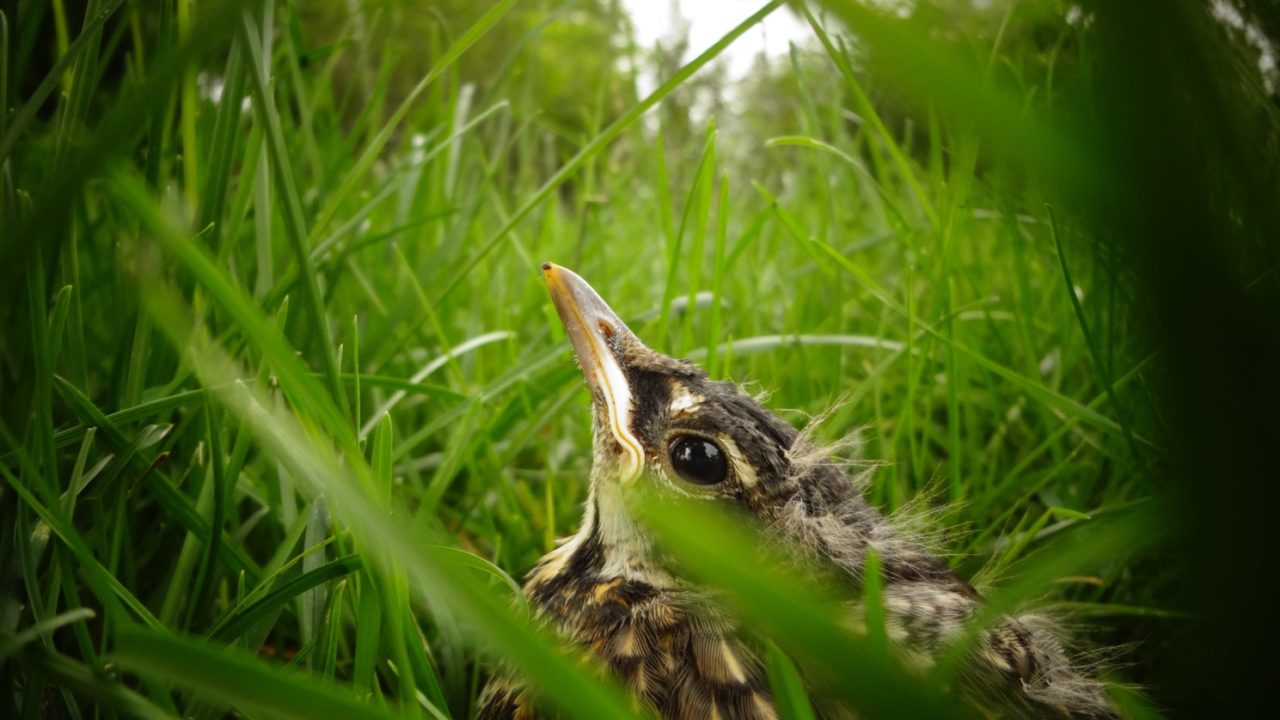What You Need to Know Before Rescuing A Baby Bird
When it comes to the Spring season, we animal lovers are careful, conscious and concerned when we see a helpless baby bird. While the best intentions lead you to immediately deliver the bird to the nearest Vet, sometimes the best thing for you to do is leave it alone.
Here are some useful tips to help you make a more informed decision when rescuing baby birds:
- Check to see if there is a nest or adult bird nearby. Sometimes Mother birds monitor their babies from afar and return to them for feedings. Mother bireds may try to protect them by swooping at unwanted guests. If the Mother is there, the baby is safe and in the process of learning to fly. Un-feathered birds, however, should never be outside of their nest. In this case, you should return it to its nest if possible. Otherwise, the best thing is to take it to your nearest Adelaide Veterinary clinic.
- If time permits, watch the bird for 1-2 hours from afar. This will help determine if it is in danger or injured. It may take days for a healthy fledgling to learn to fly, so if it’s safe to do so, it may be in it’s best interest to be left alone.
- Keep your pets away! Try to keep the young bird as safe and stress-free as possible.
- If the bird clearly requires your assistance, keep the bird in a dark, warm, quiet and confined space as it may still be in shock. Use a towel (or something similar) to place between the bird and the heat source and proceed to seek help from a professional.
All injured or orphaned native birds will be sent to a certified rescue group or South Australian Veterinarian and will be returned to the wild.
Remember, it is important to be vigilant and considerate, but the most important thing is to ensure you are doing what is best for the bird. Most importantly, do not attempt to keep a wild bird as a pet!

